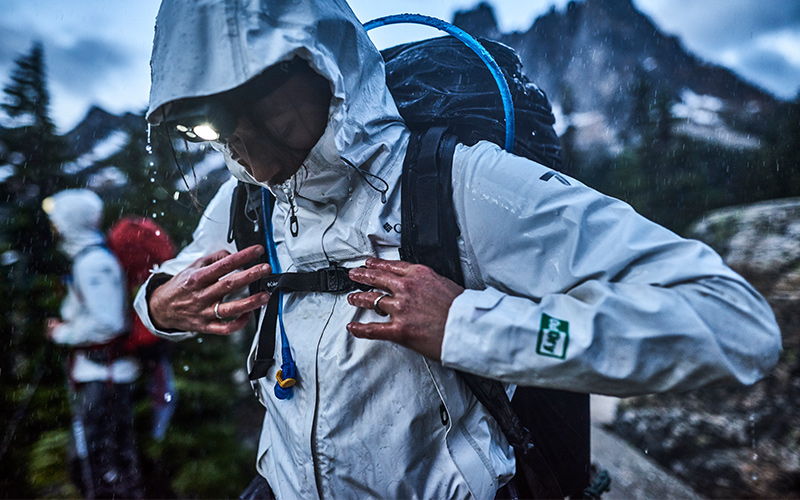
Functional, stylish—and good for the environment? Eco-friendly rain gear is the latest outdoor trend.
The outdoor gear industry has used PFC-based coatings for decades, but only in recent years have the associated risks brought increased scrutiny. Most notably, in 2012 Greenpeace launched its Toxic Threads campaign, which tested gear from a range of manufacturers for PFCs and then called out companies with the chemicals in their products. In response to this and a growing backlash from consumers, some companies have eliminated the toxins from their products, while others are gradually phasing them out. Here are a few product lines to watch.
- Vaude and Nau do not use PFC-based coatings on any of their apparel.
- Jack Wolfskin has eliminated PFCs from nearly 90 percent of its products.
- DownTek, the maker of a water-resistant down found in many other brands’ products, no longer uses PFCs.
- Marmot’s EvoDry line of rain gear is PFC-free.
- Columbia’s limited collection of OutDry Extreme ECO outerwear is PFC-free.
- REI’s XeroDry GTX rain jackets are PFC-free.
- Patagonia, Burton, Jack Wolfskin, and Vaude have committed to eliminating PFCs from all products by 2020.
- VF Corporation has pledged to go PFC-free by 2025.